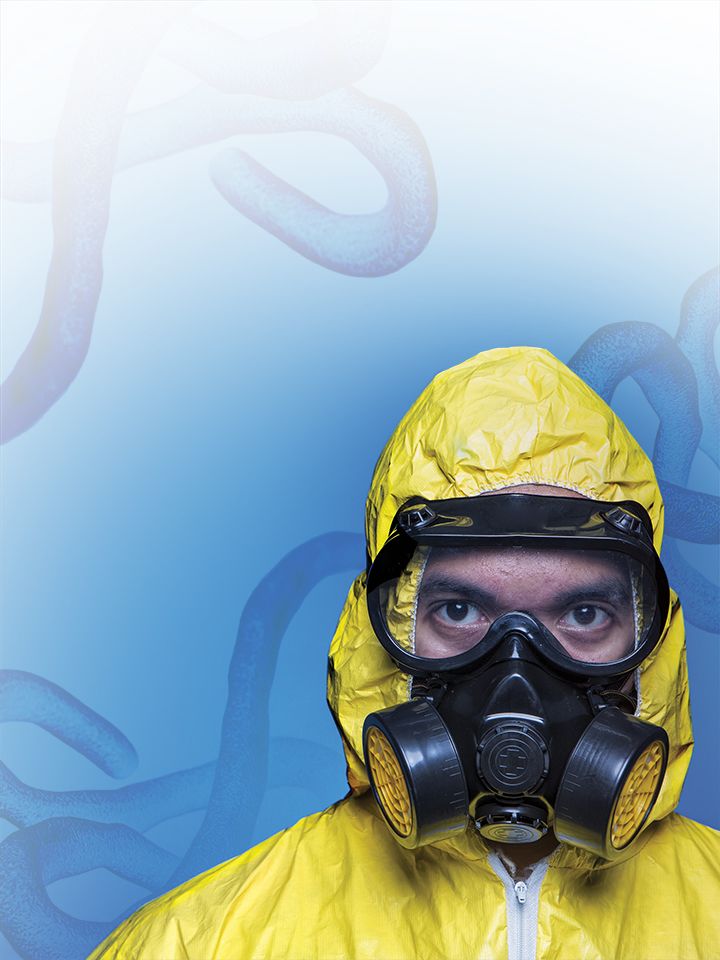Infectious Disease Organizations Urge Trump to Bolster PPE Supply to Fight COVID-19
The Defense Production Act gives the federal government broad authority to direct private companies to meet the needs of national defense.

The leaders of the top infection control professional associations in the United States want President Trump to reauthorize the Defense Production Act to immediately ramp up the manufacture of personal protective equipment (PPE) in the face of the growing COVID-19 threat. “In health settings across the country, we are confronting shortages of essential equipment-including viral culture swabs, gloves, masks, eye protection, gowns and ventilators-that we need now to diagnose and treat patients and to maintain a healthy and sufficient workforce in the face of this fast-moving and destructive virus,” they said in a statement issued by the Society for Healthcare Epidemiology of America (SHEA).
David K Henderson, MD, SHEA’s president, was one of the signers. The others were Thomas M. File, Jr., MD, the president of the Infectious Diseases Society of America, Judith Feinberg, MD, chairwoman of the HIV Medicine Association, Kristina A. Bryant, MD, president of the Pediatric Infectious Diseases Society, and Jason M. Pogue, PharmD, president of the Society of Infectious Diseases Pharmacists.
“Infectious diseases and HIV physicians, healthcare epidemiologists and other medical professionals on the frontlines defending our country from COVID-19 urgently need equipment and supplies to protect themselves, identify infections, treat patients, and save lives,” says the statement.
The Defense Production Act of 1950 was signed by President Harry S. Truman during the Korean War and gives the federal government broad authority to direct private companies to meet the needs of national defense. It’s been reauthorized over 50 times, not only by war but also during natural disasters and for terrorism deterrence.
“We ask President Trump to immediately implement it to increase production of urgently needed medical supplies and equipment, before it is too late,” the leaders of the infectious disease associations say their statement. “As leaders of organizations representing infectious disease, healthcare epidemiology and pharmacological specialists and health providers, we urge President Trump to respond swiftly and strongly to the evolving and increasing needs that this pandemic will continue to present.”
Unraveling a Candida auris Outbreak: Infection Control Challenges in a Burn ICU
March 19th 2025A Candida auris outbreak in a burn intensive care unit (BICU) in Illinois has highlighted the persistent challenges of infection control in high-risk health care settings. Despite rigorous containment efforts, this multidrug-resistant fungal pathogen continued to spread, underscoring the need for enhanced prevention strategies, environmental monitoring, and genomic surveillance.
Unmasking Long COVID: Dr Noah Greenspan on Recovery, Research Gaps, and the Future of Treatment
March 18th 2025Dr Noah Greenspan discusses the evolving understanding of long COVID, current treatment strategies, diagnostic challenges, and the critical need for research and awareness in post-viral syndromes.